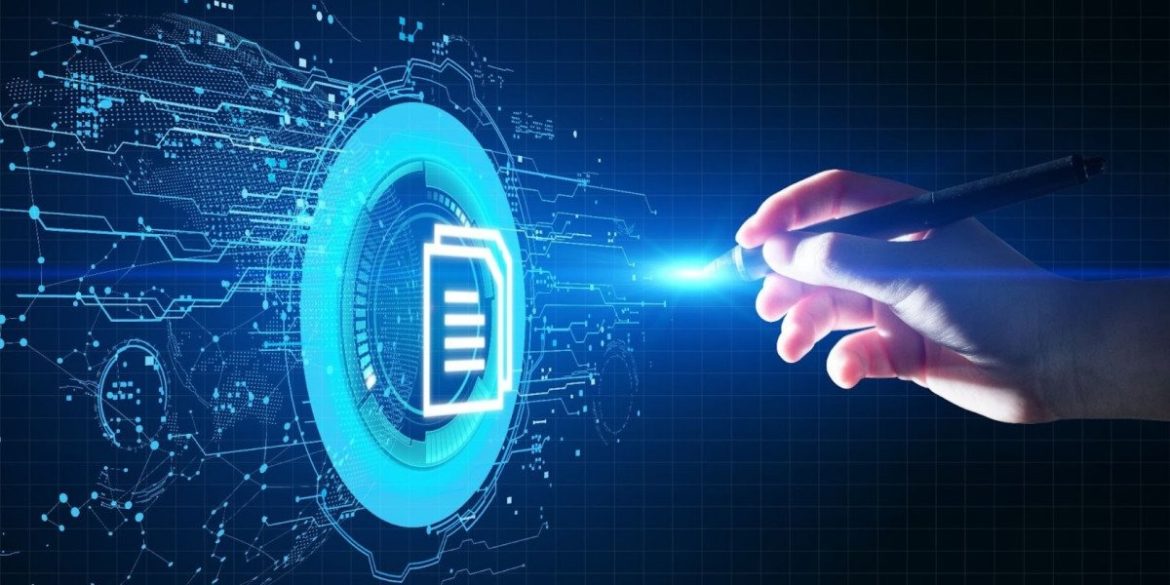Optical Character Recognition (OCR) technology, traditionally known for converting written or typed text into machine-encoded text, has found a pivotal role in enhancing security measures across various sectors. From border control to online banking, OCR technology provides a critical layer of security, ensuring the authenticity of documents and the verification of personal information. This article explores the various aspects of OCR in security applications, its integration with other technologies, and the future potential it holds in this field.
OCR in Identity Verification and Document Authentication
The application of OCR in identity verification and document authentication is one of the most significant ways it contributes to security.
Enhancing Border Security
In border control, OCR is used to read and verify travel documents, such as passports and visas. It not only speeds up the process but also reduces human error. The technology can quickly scan and extract personal details, compare them with database records, and flag any discrepancies or potential fraudulent documents.
Online Verification Processes
In the online domain, OCR technology is integral to Know Your Customer (KYC) processes. It’s used to scan and verify identity documents, such as driver’s licenses and ID cards, ensuring that they match the provided personal information. This process is vital in preventing identity theft and fraud in online transactions and banking.
Integration of OCR with Other Security Technologies
The integration of OCR with other technologies has significantly amplified its capabilities in security applications.
OCR and Biometric Security
Combining OCR with biometric security measures, such as facial recognition or fingerprint scanning, creates a multi-layered security system. For instance, OCR can extract information from an ID document, which is then compared against a biometric database for identity verification. This combination is particularly effective in high-security areas and in preventing identity fraud.
OCR in Surveillance Systems
OCR technology is increasingly being integrated into surveillance systems. In this capacity, it can recognize and interpret license plate numbers, signage, and other text-based information in real-time. This integration is crucial in traffic management, law enforcement, and even in monitoring restricted areas.
OCR in Financial Services and Fraud Prevention
The financial sector has embraced OCR as a tool to enhance security measures and prevent fraud.
Streamlining Secure Transactions
Banks and financial institutions use OCR to process checks and financial documents. By automating the extraction of information from these documents, OCR minimizes the risk of manual errors and fraud. This automation is crucial in maintaining the integrity of financial transactions.
Preventing Financial Fraud
OCR systems are adept at detecting alterations in financial documents, a common method used in fraud. By comparing scanned documents against original formats or database records, OCR can identify inconsistencies or tampering, thus playing a key role in fraud prevention.
Challenges and Future Directions in OCR for Security
While OCR has significantly contributed to enhancing security measures, it faces challenges that must be addressed to realize its full potential.
Addressing Accuracy and Reliability Concerns
The accuracy and reliability of OCR technology, especially in complex or low-quality documents, remain areas for improvement. Ongoing advancements in AI and machine learning are expected to enhance OCR’s capabilities, making it more reliable in security applications.
Adapting to Evolving Security Threats
As security threats evolve, OCR technology must adapt accordingly. This adaptation involves not just technological advancements but also regulatory compliance and ethical considerations, especially in handling personal data.
Conclusion
OCR technology plays a crucial role in enhancing security measures in various sectors. By automating the extraction and verification of information from documents, OCR not only streamlines security processes but also adds a crucial layer of protection against fraud and identity theft. The integration of OCR with other security technologies further amplifies its effectiveness. As we move forward, continuous advancements in this field are essential to meet the ever-evolving security challenges, ensuring that OCR remains a vital tool in safeguarding our digital and physical worlds.

